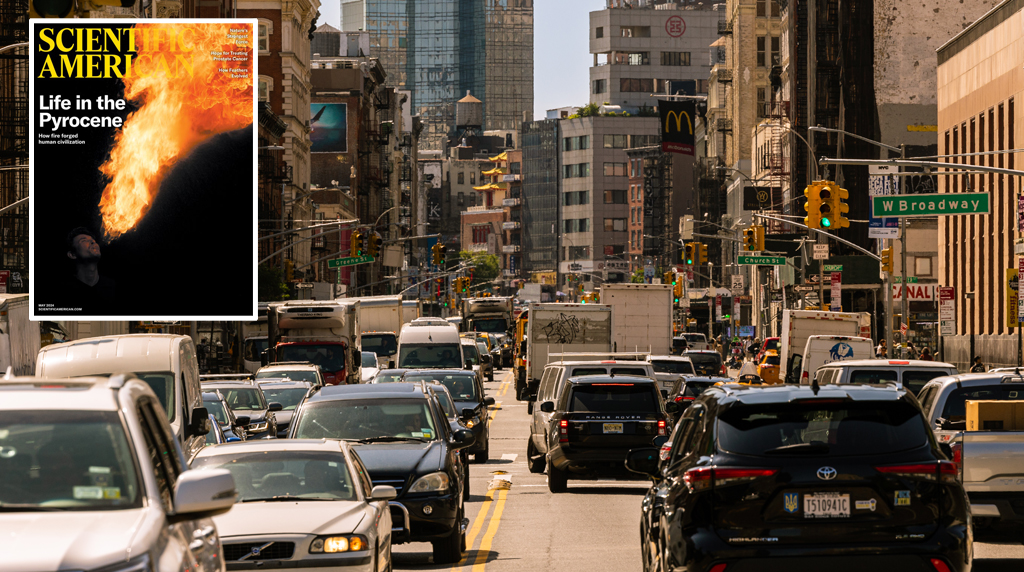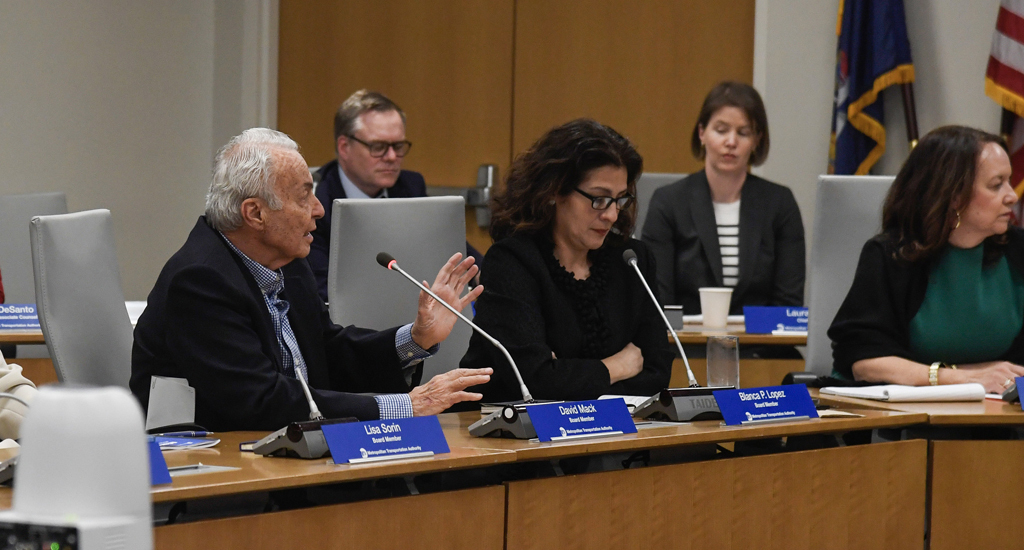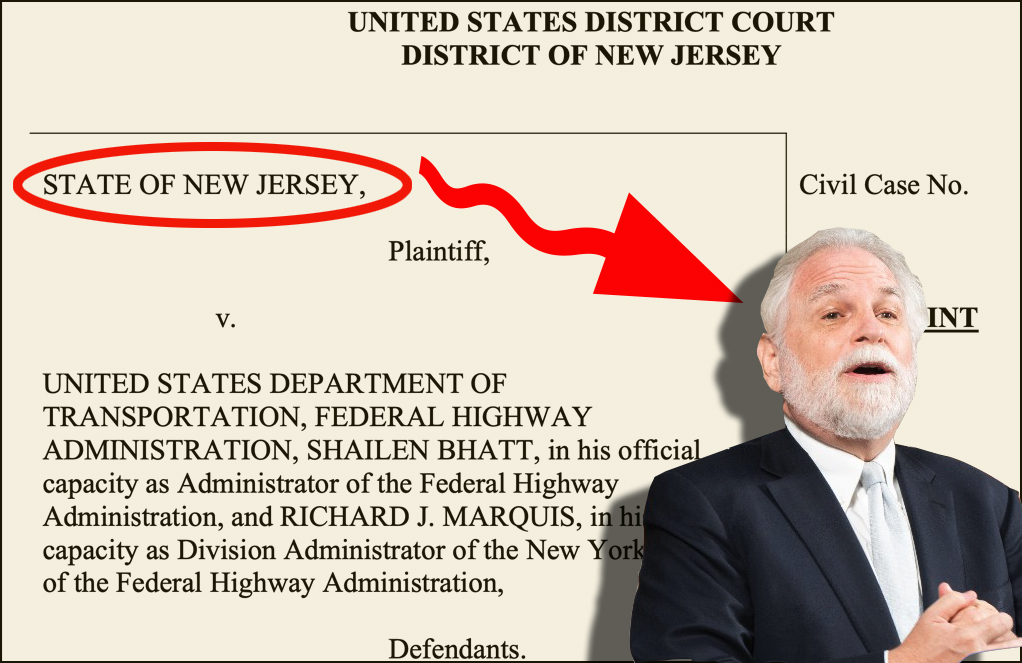The umbrella group for America's state DOTs, the American Association of State Highway and Transportation Officials, has started a major new push for, you guessed it, more highways. The new campaign argues for highway expansion in urban areas as if fifty years of similar policies hadn't led to a dead end of sprawl, pollution, and oil dependence.
As described in an important post on Mobilizing the Region by Ya-Ting Liu of the Tri-State Transportation Campaign, AASHTO has released a series of reports and a new website making "the case for capacity." The website is filled with friendly explanations of "what's so great about an interstate" and promises that "urban interstates are the new 'Main Street.'" As unbelievable as those claims must be to anyone living next door to the Bruckner Expressway or parked in traffic on the Cross-Bronx, AASHTO's stated intention to massively expand the urban highway system is all too real.
AASHTO argues that because America's population growth over the following decades will be concentrated in urban areas, state DOTs need to help
more and more city dwellers get around. Their prescription? 30,000 more lane-miles of urban interstate. That's an increase of more than 40 percent over the 85,000 urban lane-miles that already exist. AASHTO also wants to build another 40,000 lane-miles to the non-interstate federal highways in urban areas. If Robert Moses were alive today, he'd probably arrive at the same policy response.
As Liu writes at MTR, more highways are not the answer to America's urban transportation needs.
If all AASHTO's projected growth in VMT were matched with new road capacity, you'd have to add 9,641 square miles of new lanes: an area the size of Maryland. That's not even including the space needed for parking spaces or shoulders. And it doesn't account for induced demand: Before long, those new highway lanes will just attract new drivers, as momentarily less-congested roads lead more people to organize their lives around car commuting, canceling out any congestion benefits new road capacity might offer.
Keep in mind that those 9,641 square miles would be located in urban areas -- where transit expansion and smart growth are most feasible. AASHTO says it supports doubling transit ridership by 2030. But the
status-quo funding solution they're advocating will continue to siphon
federal dollars into infrastructure that enables sprawl, not transit
and walkable development.
In addition, every dollar spent on road expansion comes at the expense of repairs. According to a new study by U.S. PIRG, 63 percent of major urban roadways were in less than good condition.
Streetsblog spoke to AASHTO director John Horsley about his group's new report, and he gave a somewhat more moderate argument for expanding highways. Stay tuned for details from the conversation.





